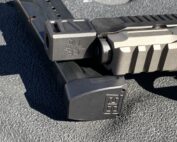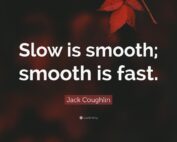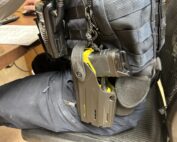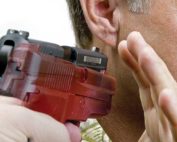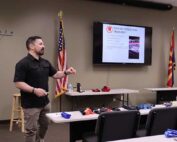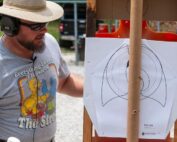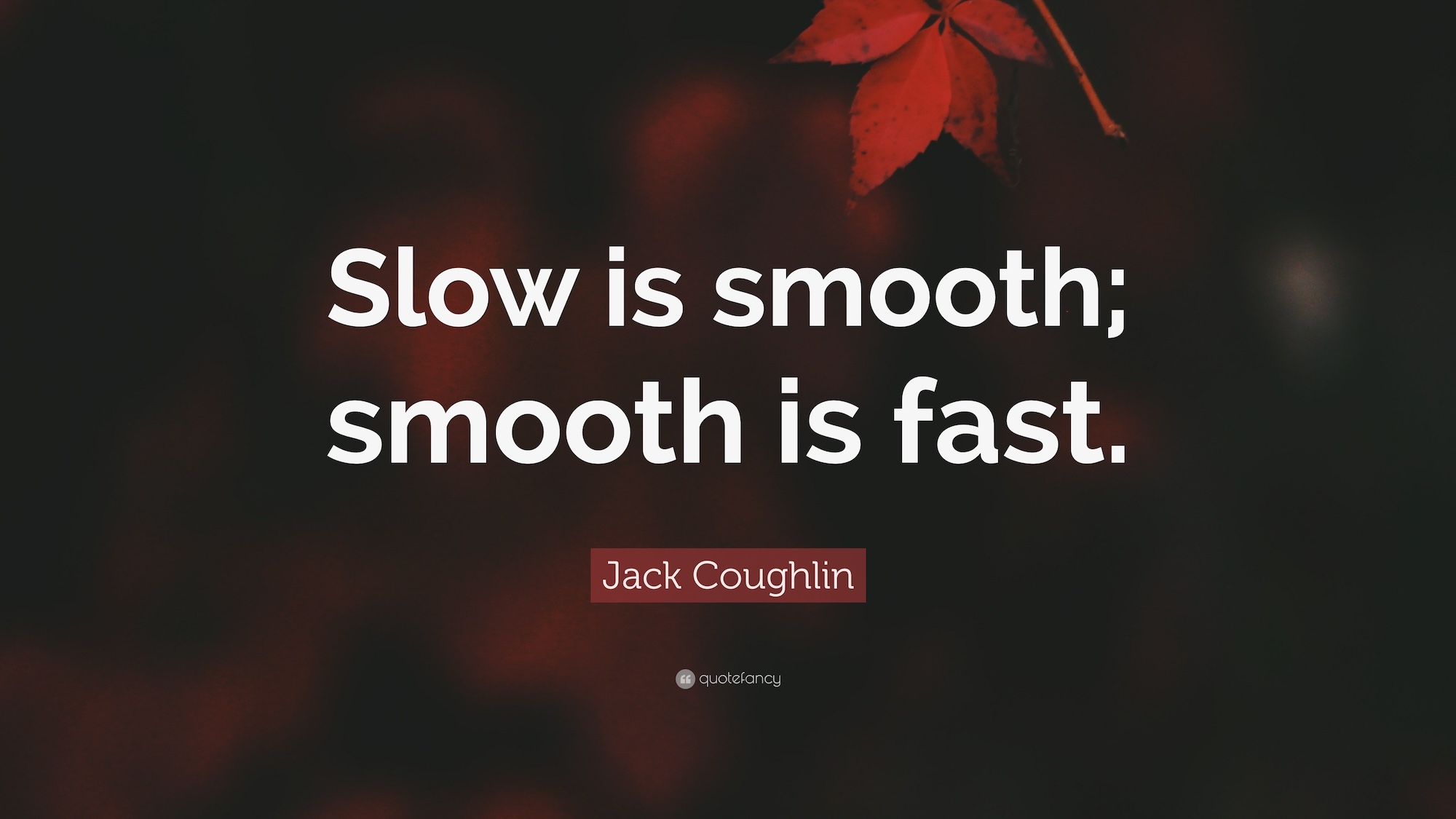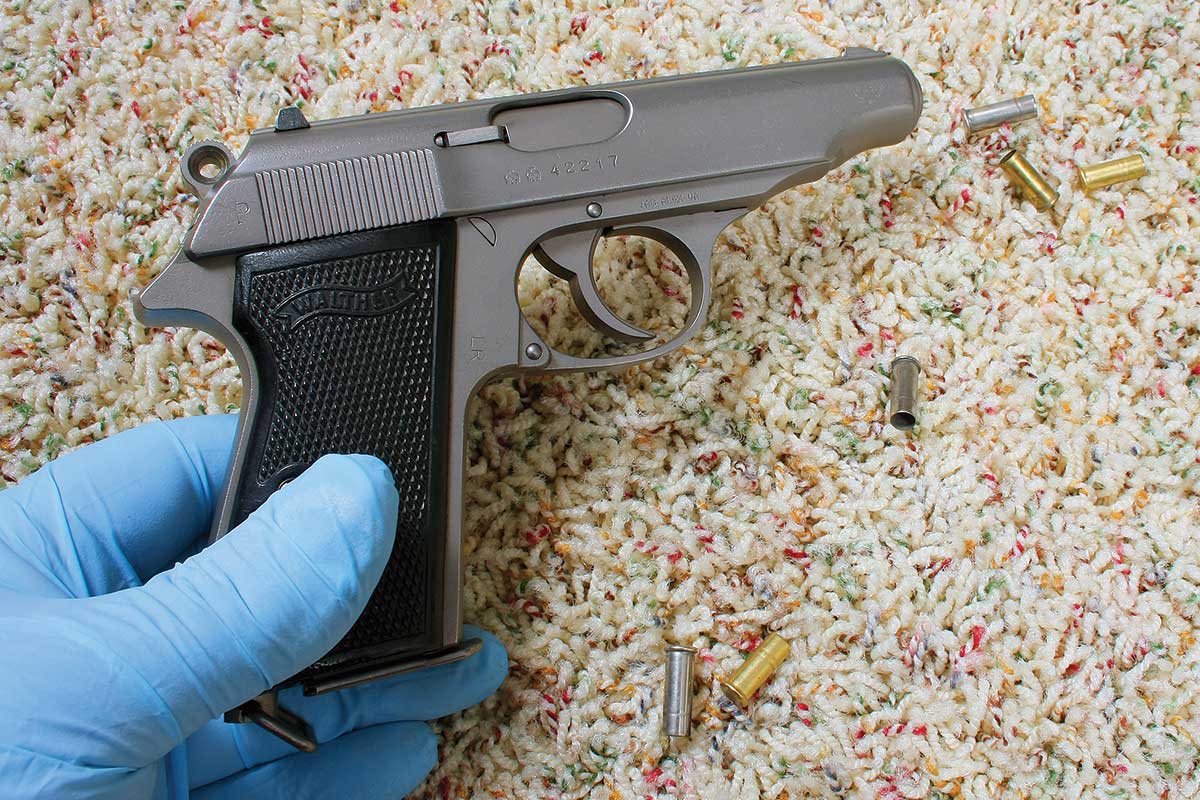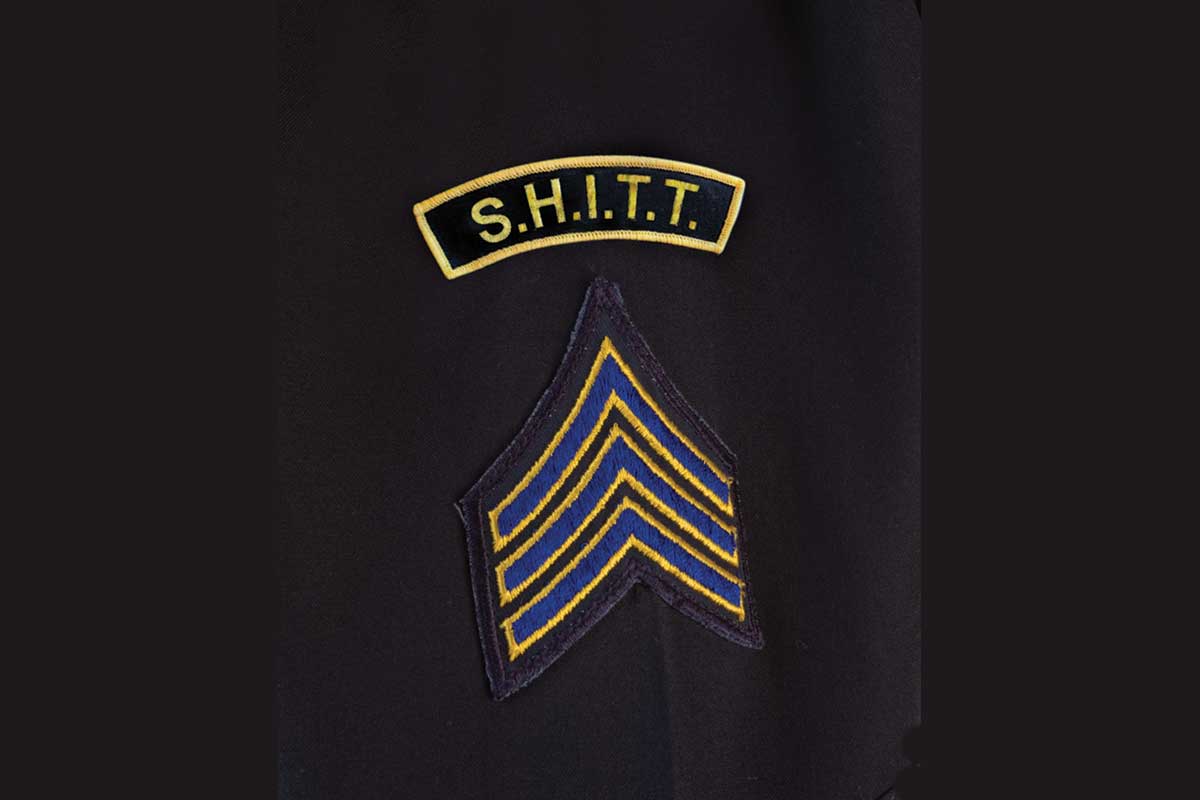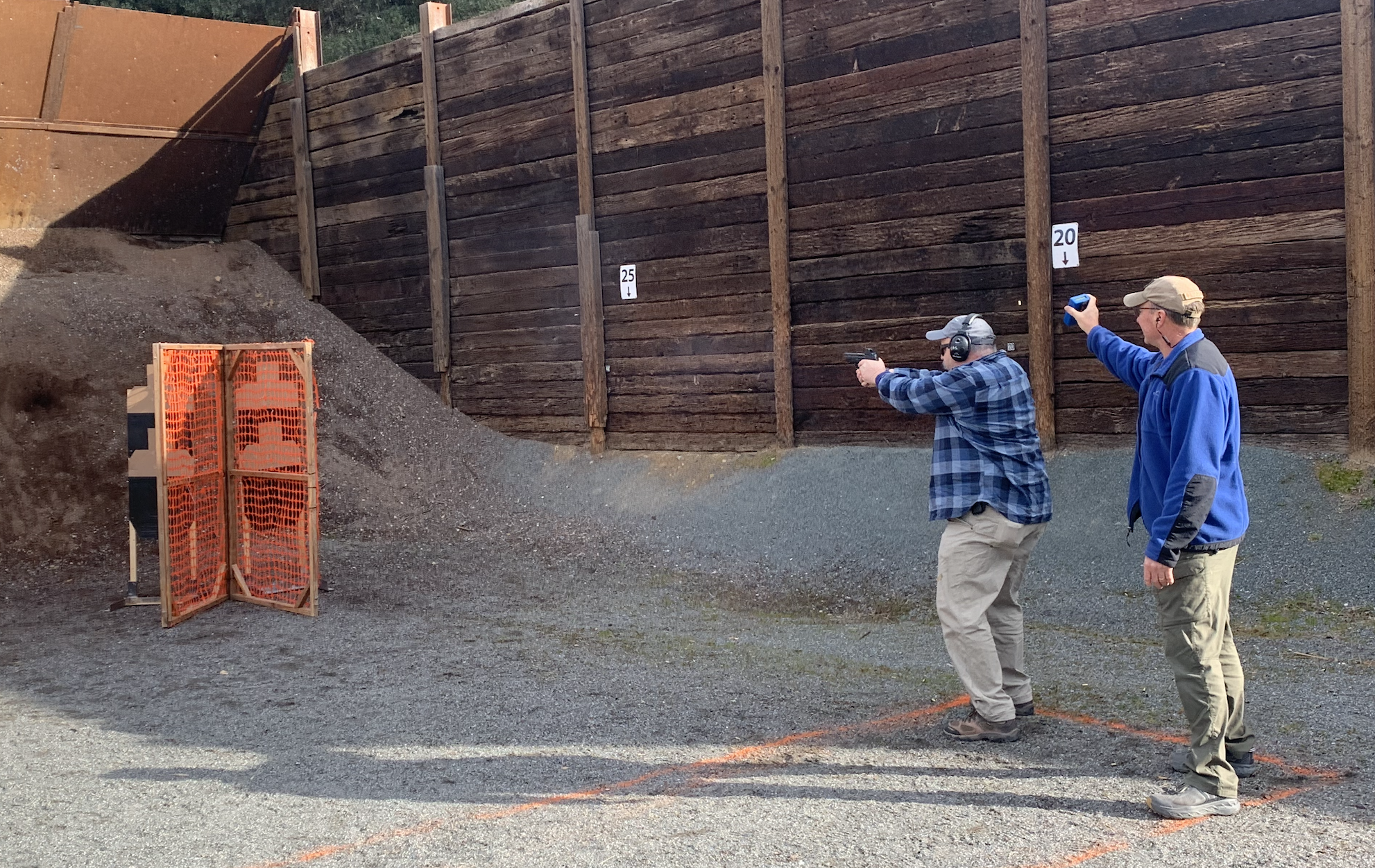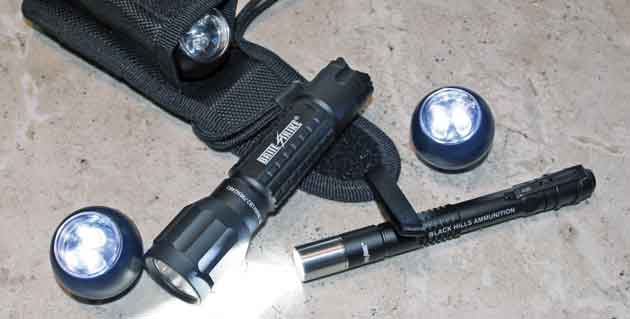
reality_big
By our own data, much of our contact with people is in low, altered or failing light. There’s no question: things like proper sight pictures are under stress while being applied in the dark. Even if we add laser sighting assistance tools to our weapon platforms, the laser systems are still only as good as the trigger press behind the gun. Shooting in the dark takes practice — and light.
In our everyday lives, people use a light source to see in low or no light conditions. In reality you should turn the light on to fight. If you go into a dark building looking for a bad guy, what do you think is going to happen when the light comes on? The point of the exercise is to find the threat. If you turn the light on and shine it into a dark room, you have a 50/50 chance of finding the bad guy. The light comes on to find, fight or get compliance. The light identifies the threat, then properly placed sights and a good trigger press place hits on the target — if necessary.
Most lights have two forms, a spot aligned with the muzzle, and the circle of light usually extending from floor-to-ceiling. Keeping the spot of light on the threat area, the eyes of the shooter should be scanning the peripheral area of the larger circle for anything out of place. My goal is to make visual contact with the threat with the circle of light. That means the spot would probably be in the area of the suspect’s feet as I searched and found him. If the threat fails to comply after verbal contact, or is threatening in nature, I would raise the spot, placing the muzzle to the center of the available target and then gain compliance by gunfire — or surrender — however it goes.
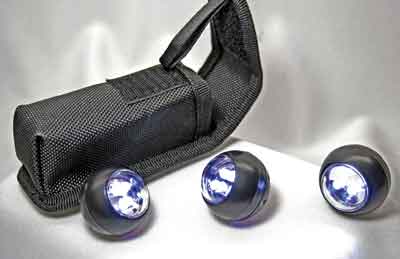
The RID3 lights are a 3-light set. Made for deploying down a hallway, etc., they right themselves automatically to illuminate an area.
Then/Now
In the old days, the police flashlight was a dismal failure. The early aluminum-bodied lights were the first good lights … sort of (at least better than the consumer hardware store brands we used to use). In reality, the new lights then were nothing more than an aluminum club with a light bulb in the end of it. A lot of people got whacked with them, and they were usually better clubs than they were flashlights.
Today, illumination sources should be treated like guns. They are amazingly powerful, reliable and versatile. And because of that, we’ve come to really rely on them. But like anything mechanical, they can break when needed most. Remember the old “one is none and two is one” mantra and apply it to your personal light needs.
I really don’t think the dark is a cool place to fight. I like to properly identify stuff. So I like flashlights, and the results — light. In particular, lately I’ve been using some lights from a smallish company called Brite-Strike.
Tactical Illumination Tools
Brite-Strike’s RID3 (Rolling Illuminated Distraction and Disorientation Device) serves two purposes. They may distract people, but they also put modest light into darkened areas; simply roll or lob the 1.5″ balls into the area to be cleared. The design makes them “stand up” on hard surfaces, but on carpet they may not stand up directly. They’re carried in a small pouch that holds three of the RIDs. Push a small button on the ball to activate the light before you deploy it. It’s powered by two CR-2032 Lithium batteries, and the runtime is declared to be about 20 hours.

Brite-Strike’s EPLI (Executive Precision Lighting Instrument) is a favorite of Clint’s. At 220 lumens on high using two AAA batteries, it’s a big bang for the buck. He recommends you have several.
Handheld lights are good tools and should supplement weapon-mounted light systems. The Brite-Strike Basic Tactical Light is 5″ long and the body size reflects the use of the CR-123A batteries it uses. The light projects about 280 lumens, with a runtime of 3 hours on maximum power. I like the fact it has a “click” on/off push-button if you need it to stay on. The end cap has impact ridges, but does not impede access to the on/off button. The fluted front cap means the light doesn’t roll easily if grounded, which can be a real pain as you chase it off the hood of your car.
Of all the lights I looked at, the EPLI (Executive Precision Lighting Instrument) is the one I admired the most. The small pen-size light projects 220 lumens on high and 110 on low, all done with just two AAA batteries! It has a strobe I could do without, but the small size and brightness overrides the strobe’s silliness. Runtime is 90 minutes, even with the AAA power, and if your search isn’t over by then it’s time to move on. Its biggest asset is its size. I cleared the tactical house here without wishing for another light. For me I’d just carry two or three of the things. If I lost power or had a partner who showed up to work without a light I could share. The solid click switch is a good thing. Simply put, it works, it’s small and it’s affordable, at around $50 or so if you shop around.
Be smart. Get a good light, and then get another one. Cheap insurance against those bogeymen in the dark, eh?
By Clint Smith
For more info: www.americancop.com/brite-strike

